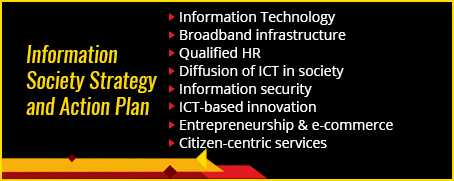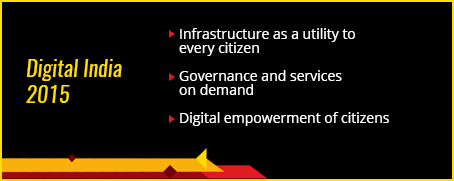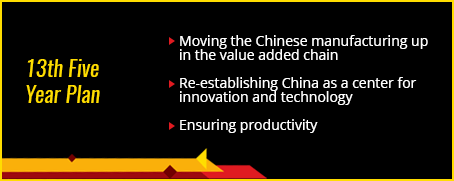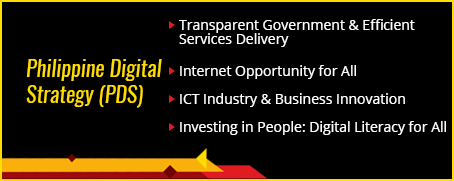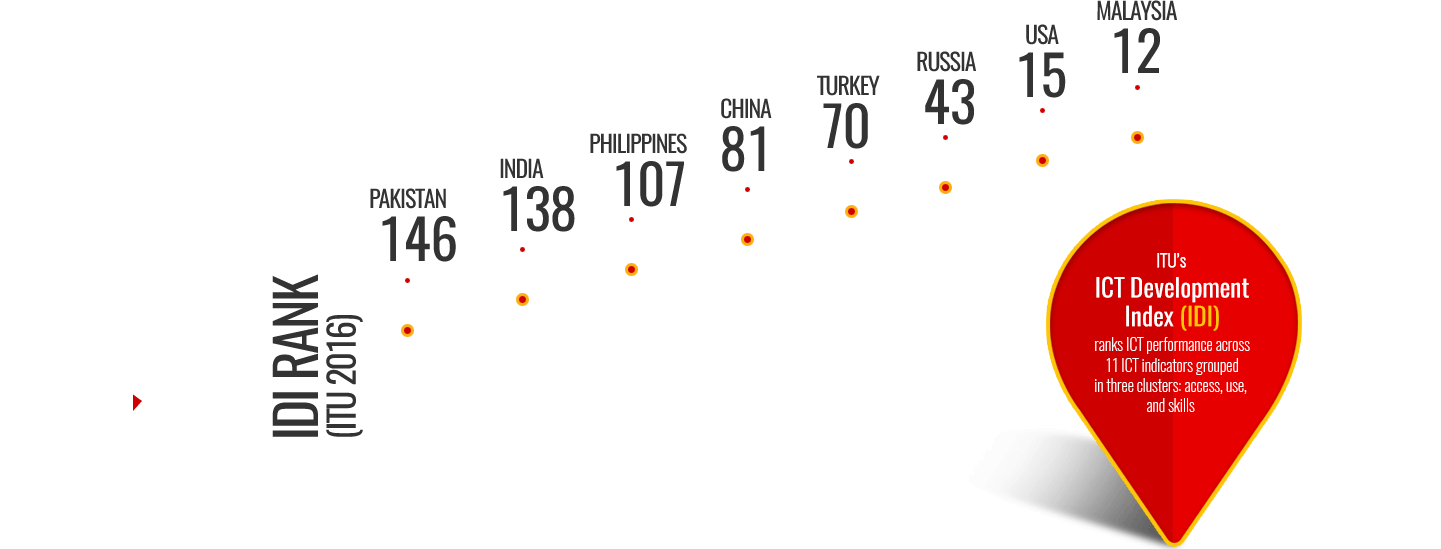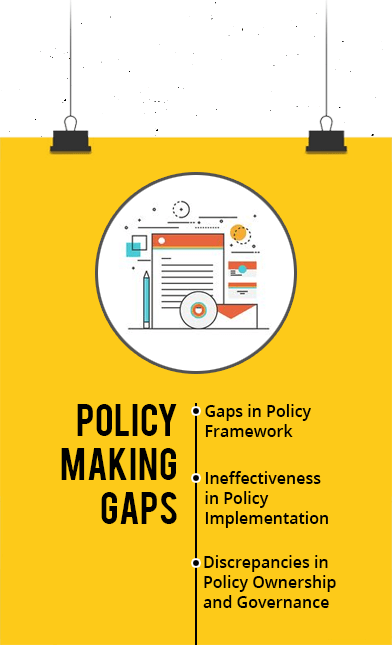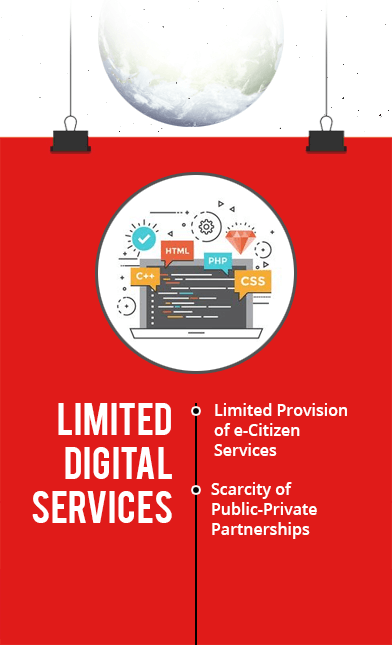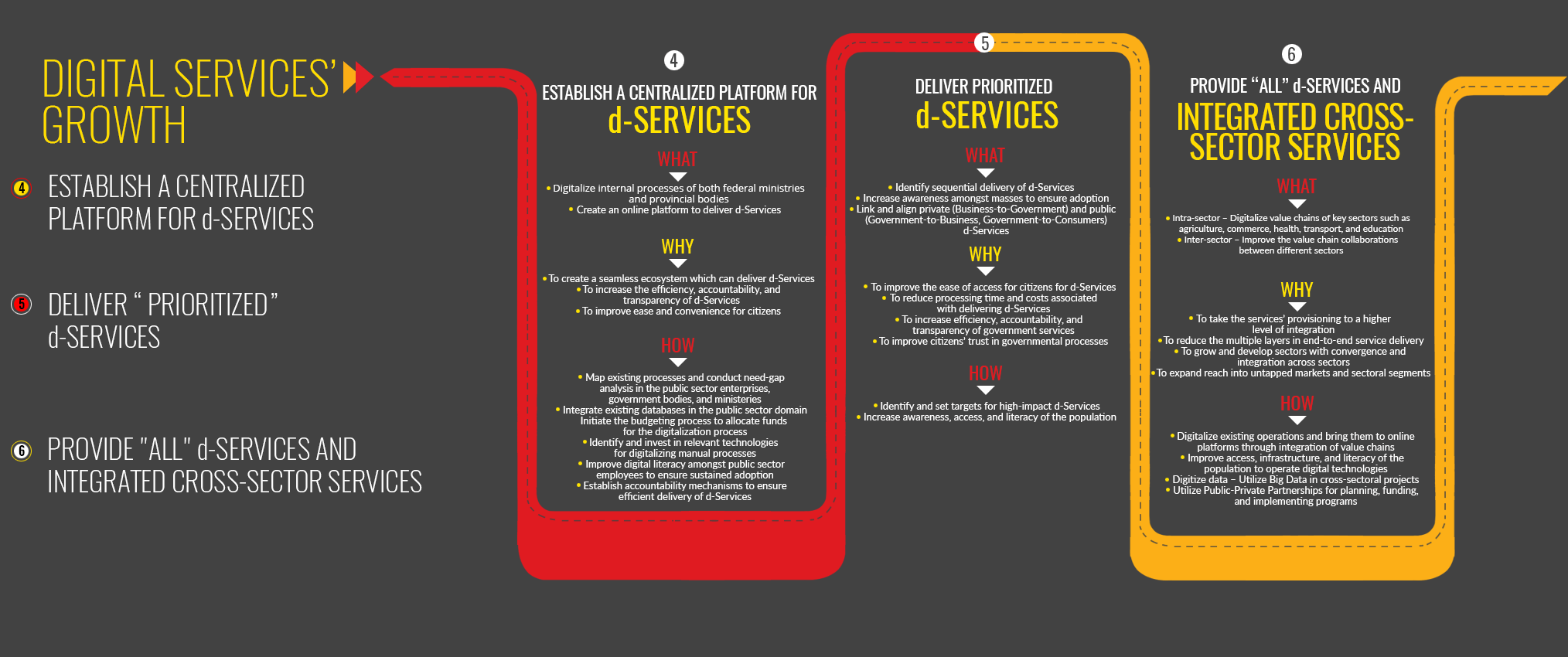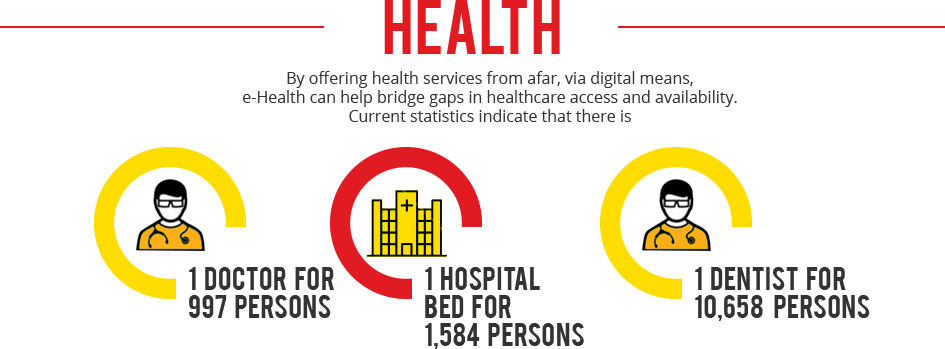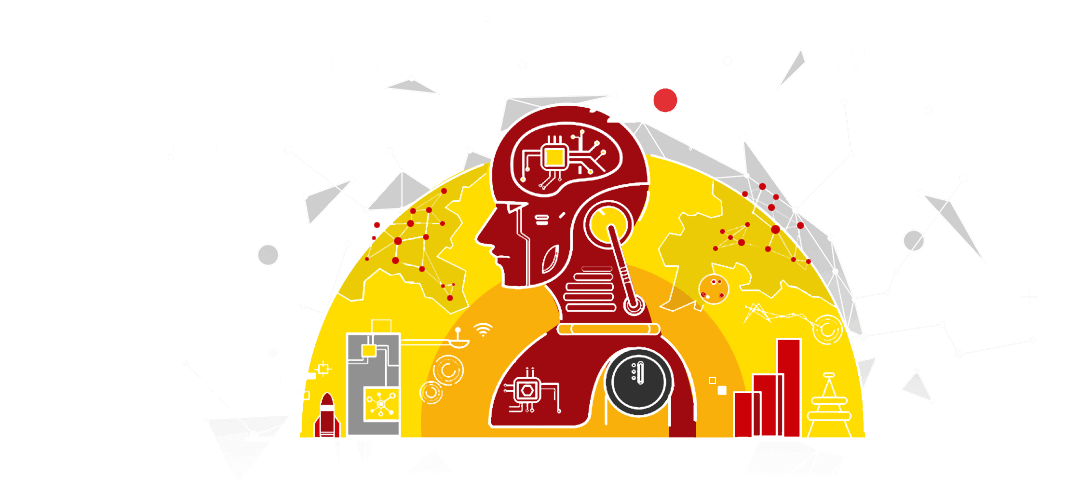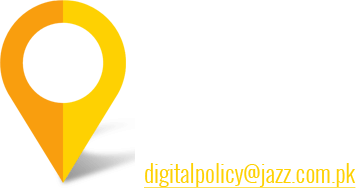Pakistan’s digital journey has gained much attention in the last few years. While the Government is taking the right steps towards going digital, the pace is still slow when compared to other countries in the globe.
There are still challenging areas Pakistan needs to address both in policy making and implementation at the national level. Ownership of policy is also less clear at this stage and needs some focus from the authorities. The devolution of powers to provinces along with the lack of policy alignment has contributed to disparities in national and provincial agendas.
Although public-private partnerships exist, the holistic impacts of PPPs are missing due to absence of consistent, dedicated efforts. Other challenges include fragmented growth in sectors and a weaker regulatory and legal regime in face of changing digitalization demands. Poor facilities, lack of access, and limited awareness and literacy also contribute to the ineffective delivery of services across sectors.


